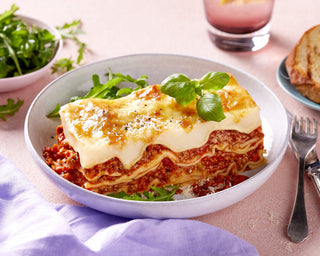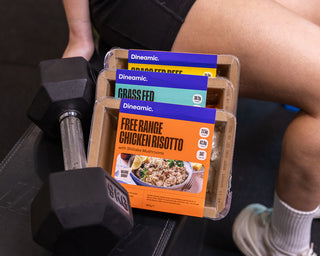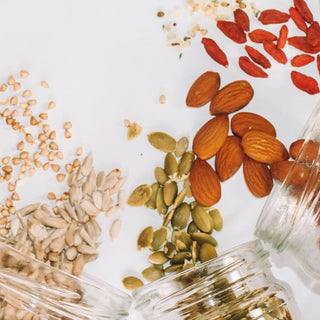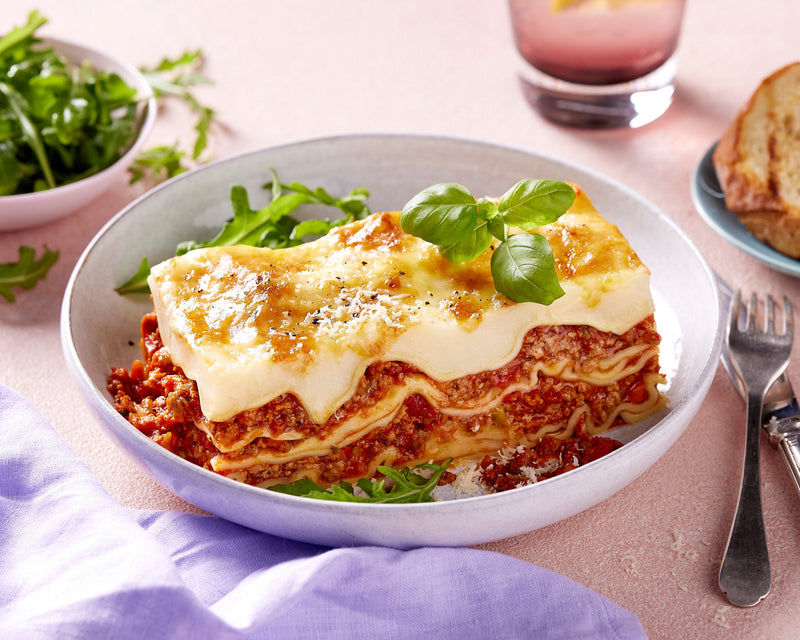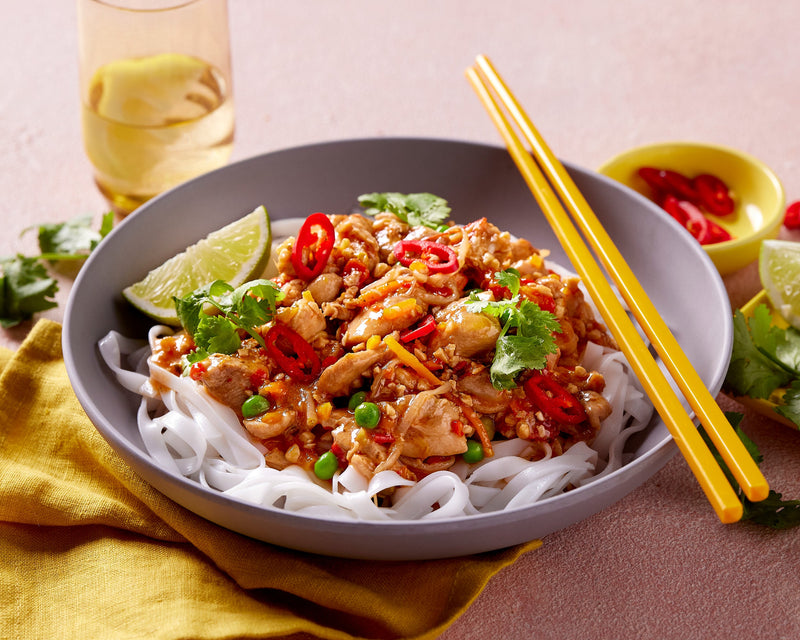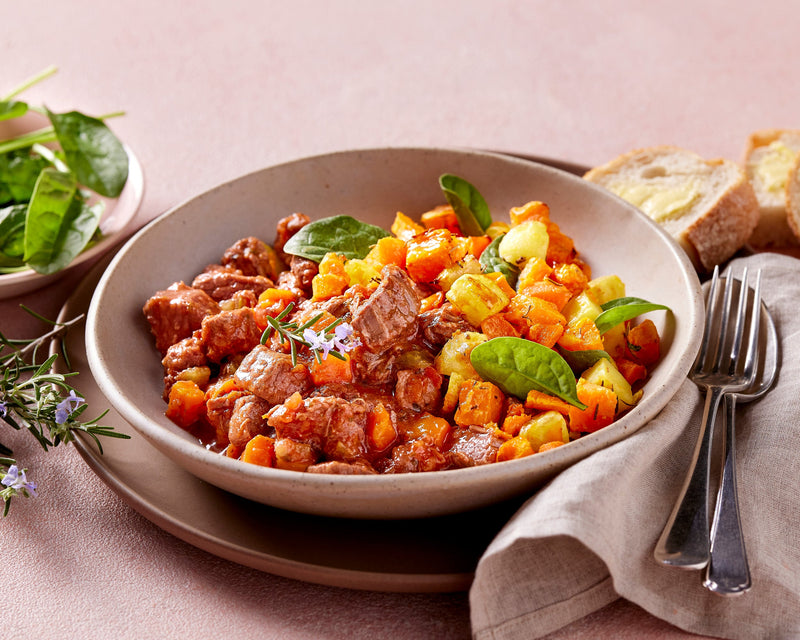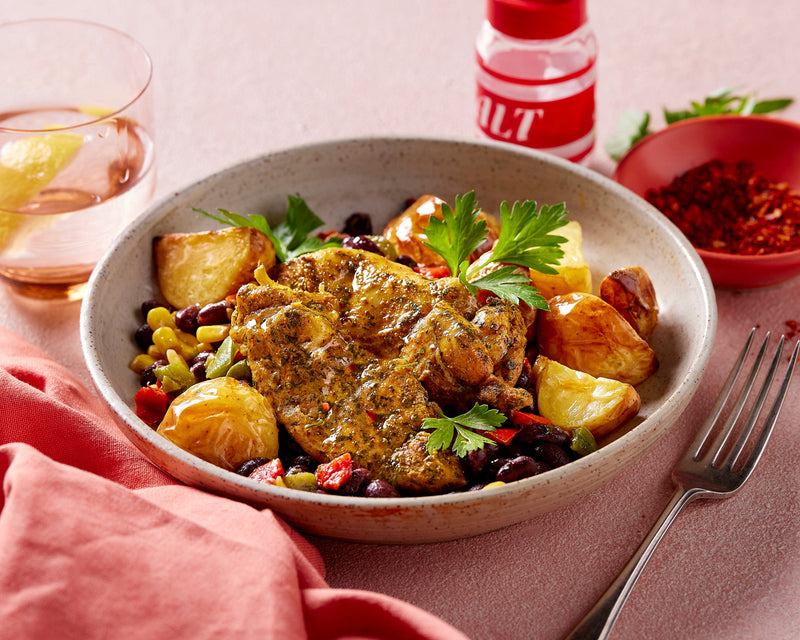
We all know somebody who has ‘gone gluten free’. It’s almost become mainstream to follow a gluten free diet in the mistaken belief that gluten free is healthy and will help you lose weight. Without doubt you can have a healthy gluten free diet but for some it may be an unnecessary restriction unless you have been medically diagnosed with Coeliac Disease or gluten sensitivity.
It’s estimated that 1 in 100 Australians have Coeliac disease but 80% have not been diagnosed and rates are on the increase due to better testing as well as a greater incidence. Gluten is a protein found in a number of grains, and with Coeliac disease, the immune system reacts badly to gluten causing inflammation of the small intestinal lining. This results in the malabsorption of many essential nutrients and means that those affected must adhere to a strict gluten-free diet to reverse damage to the intestine. Non-Coeliac gluten sensitivity describes those who exhibit Coeliac-like symptoms (abdominal pain, diarrhoea, bloating, poor concentration and lethargy), but test negative for coeliac disease. The cause and treatment can be difficult to understand, though emerging evidence suggests that the malabsorption of fermentable sugars (FODMAPs) may be the culprit, rather than gluten.
So which grains contain gluten?
- Wheat
- Rye
- Barley
- Oats
- Triticale
- Derivatives of these grains, such as malt
Those with Coeliac disease must be vigilant in avoiding gluten in their diet. This can be tricky, as it’s contained in many everyday food items.
Food products often containing gluten include
- Breads and cereals made from gluten-containing grains
- Wheat flour (including cornflour and spelt)
- Pasta and noodles – spaghetti, pasta, hokkien noodles, soba noodles
- Couscous, semolina and burghul
- Many biscuits, pastries, cakes and scones
- Wheat-crumbed and battered foods
- Sausages and processed meats (unless labelled gluten free)
- Condiments like malt vinegar, salad dressing, sauces, gravy and some mustards
- Some alcoholic drinks like beer, stout and ale
- Wheat pastry foods, e.g. pies, pizza
With all these restrictions, what can I eat?!
Luckily, with the increasing prevalence of gluten sensitivity, there are plenty of alternatives to choose from, and strict labelling requirements mean that with a little extra attention, locating gluten-free foods on the supermarket shelves has never been easier.
Gluten free alternatives:
- Rice and rice flour
- Potato flour
- Tapioca
- Buckwheat
- Lentils/peas
- Corn
- Lupin
- Quinoa
- Sorghum
- Amaranth
- Coconut flour
- Soy flour
- Polenta
- Rice vermicelli
- Gluten free breads, pasta and other products
How to ensure optimal nutrition on a gluten-free diet
Smart carbohydrates for energy: As gluten is naturally found in many carbohydrate rich foods, it’s important to ensure that you replace these with gluten free alternatives. This can be achieved by consuming around 4 serves of gluten-free sources of carbohydrates (such as GF bread or cereals) each day. Focus on fibre: Those omitting gluten often have low dietary fibre intake. To ensure you’re getting the digestive benefits of fibre, include wholegrains like brown rice, quinoa, buckwheat and gluten free bread, along with nuts and seeds, and the skin of fruits and vegetables. Transitioning to a gluten-free diet can be difficult, but knowing what to look out for will mean there’s no need to compromise on taste or nutrition.
Article written by Karen Inge, on behalf of the Dineamic Nutrition Team


